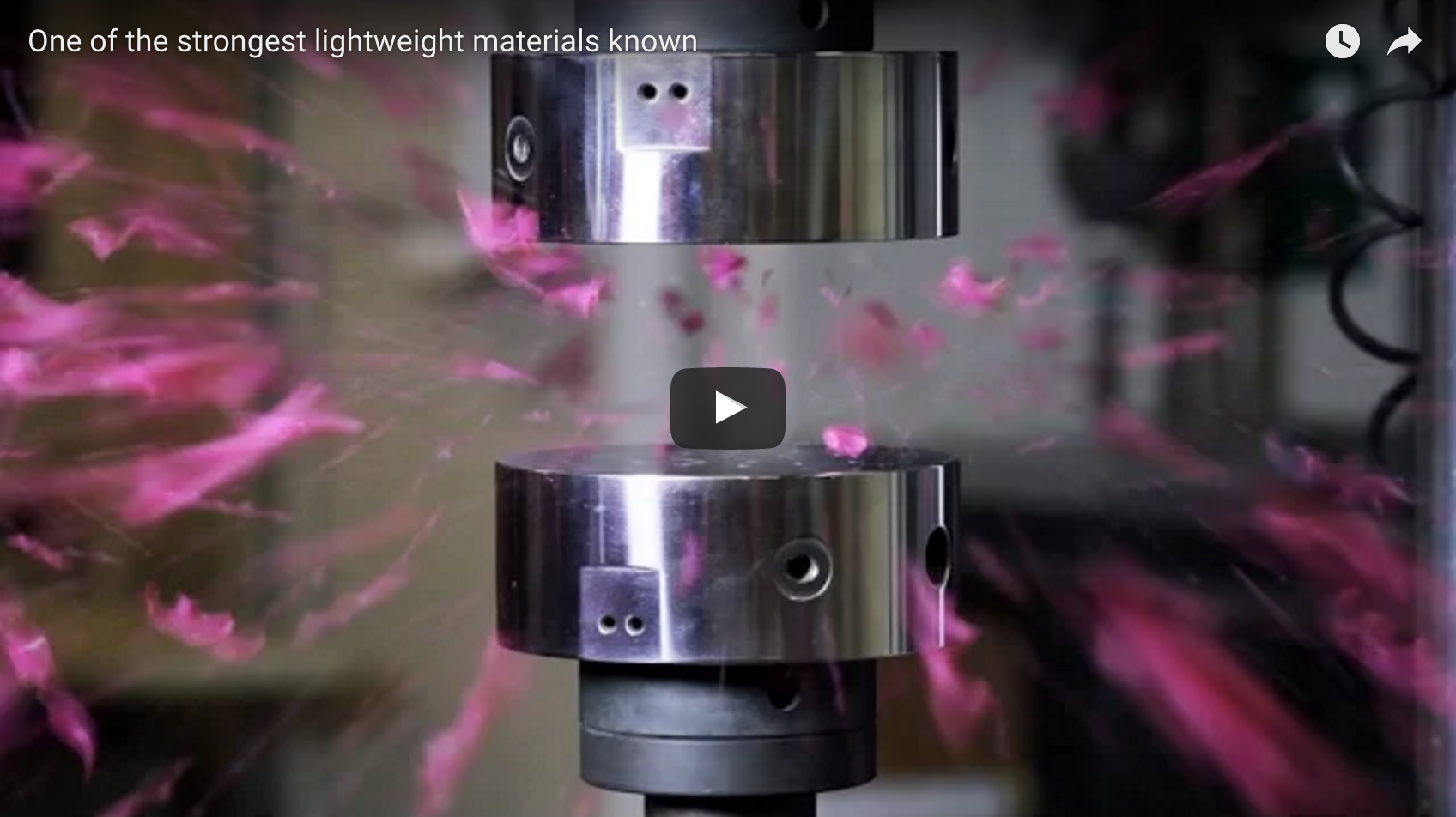MIT researchers have been doing some incredible experiments with ultra-light graphene, which some believe could replace helium in balloons.
What is graphene?
Basically, graphene is a tightly-packed lattice of carbon on an atomic scale. If you had the chance to look at it under a microscope, it would look like your run-of-the-mill chicken wire, as seen here.
A quick history shows that graphene is still in its infancy, as far as what we know about it and what we can do with it. It was first noticed in 1962, but not isolated or truly studied until 2004. Currently, it’s used in semiconductors, batteries, and composites.
Graphene is weird stuff. It conducts heat and electricity, it’s just about invisible, and it’s 200 times stronger than the strongest steel every created.
It also can be lighter than air. So for this reason, some theorized that it could replace helium in party balloons.
Apparently, researchers at MIT have come up with a definitive conclusion to that theory.
Can graphene replace helium in balloons?
According to David L. Chandler at the MIT News Office, in the team’s work of creating 3-D models among the strongest and lightest materials the world has ever known, they also found an answer to the question of whether or not the lighter-than-air graphene could make a party balloon float, which would create an immediate alternative to helium.
The researchers concluded that although the graphene can be lighter than air, the pressure of the surrounding air would actually prove too much, causing the graphene to collapse into itself.
In other words, you still need helium to make those balloons float. By the way, Zephyr can give you a free helium quote!
Could future materials replace helium?
Well, who knows. It’s interesting. Who would have ever thought this would be a serious topic for discussion? Imagine 20 or even 10 years ago — this idea would be laughable.
However, the more humans study and the better our technology gets the more we realize is possible, especially on an atomic scale. This would have been science fiction just a few years ago.
So, why couldn’t some future discovery come along that could replace helium? We have to think it’s entirely possible given how fast science and technology moves, right?
The other thing to remember is what the cost of such things would be. Helium is not going to be replaced commercially any time soon, even if some currently unthinkable material or element is created that could replace it.
The cost to produce and acquire such a material on a mass market scale would be astronomical. Helium will still remain the most economical and practical way to float a balloon for a very long time, even if it is no longer the only way to float a balloon.


